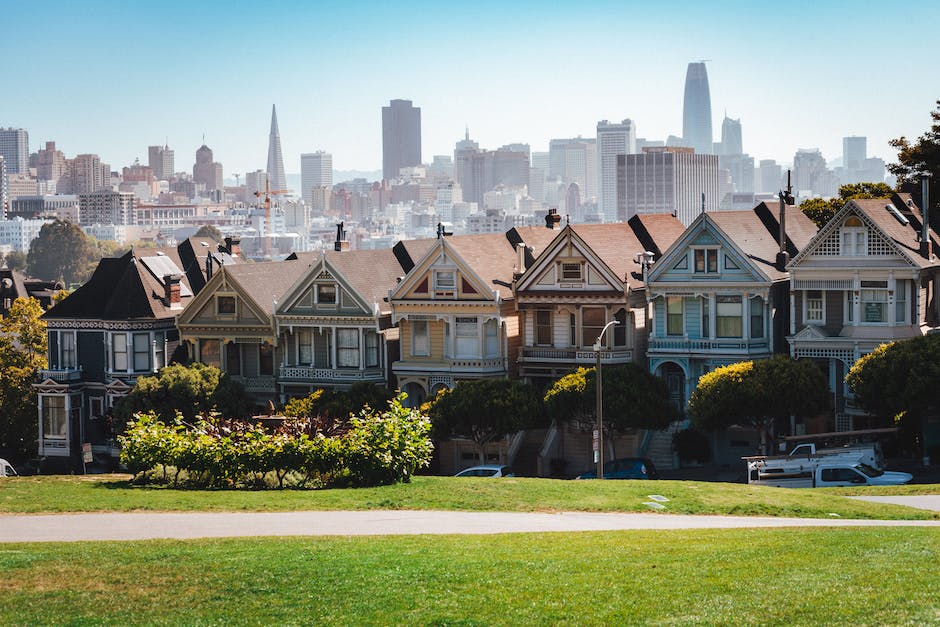City planning must follow certain laws. In the modern world, one of the dominant trends in urban planning is the theory of New Urbanism, which declares urban space to be public and common and, therefore, comfortable for everyone. Check the role of smart city architecture while building the cities in the article below.
Architecture as the art of creating urban structures
Architecture is the art of creating structures that form a spatial environment for human life and activity. At the same time, the construction of buildings must meet the spiritual needs of humanity, and influence its aesthetic taste. Previously, landscape architecture was natural, but now it is something that man has created for the convenience of his existence, for example, streets, and various places for recreation. Historically, the first landscape architects were gardeners. Back in the days of monarchs, they worked to create parks and gardens for royal families. Even then, the man began to take nature under control in order to arrange the territory for his needs.
There is a wide range of understanding of the concept of smart city architecture. The opposite extremes of this spectrum can be considered to be its perception either as a subject of philosophical knowledge, which is strongly connected with the root problems of ontology and epistemology or as a special section of the philosophy of art history, which is based on the subject of researching the problems of the development of architecture as an art form. Such a considerable and capacious range of perceiving the content of the concept of the philosophy of architecture should be “thankful” to two significant factors of its application.
How to build a smart city, its main principles
Today, there are several smart cities in the world with varying degrees of implementation, but none of them have been implemented yet. Even the Sidewalk Labs project (which is part of the Alphabet holding) to create the Quayside smart quarter in Canada was canceled in 2020.
City planning must follow certain laws. In the modern world, one of the dominant trends in urban planning is the theory of New Urbanism, which declares urban space to be public and common, and therefore comfortable for everyone. To ensure this, architects and urban planners created 10 principles, 10 axioms of “smart urbanism,” that is, a moderate, rational approach to the organization of space in any city, the main of which is the following:
- Balance with nature.
Cities, as large clusters of people, industries, cars, waste, and other results of human activity, must find a balance with nature.
- Balance with traditions.
This principle is in harmony with the cultural heritage of a particular place. Therefore, according to it, it is allowed to intervene in the urban space only, taking into account the existing cultural values.
- Use of appropriate technologies.
Such technologies should emphasize the relevance of the use of building materials and infrastructure systems to local conditions and circumstances.
Besides, modern city development is hard to imagine without smart city solutions. Thanks to digital technologies and smart city tools, cities increase the efficiency of the functioning of their systems, simplify the provision of municipal and communal services, ensure the safety of residents and the environmental safety of the environment, and the development of urban infrastructure. But the main thing is that they ensure interaction between the city authorities, its residents, and businesses.


